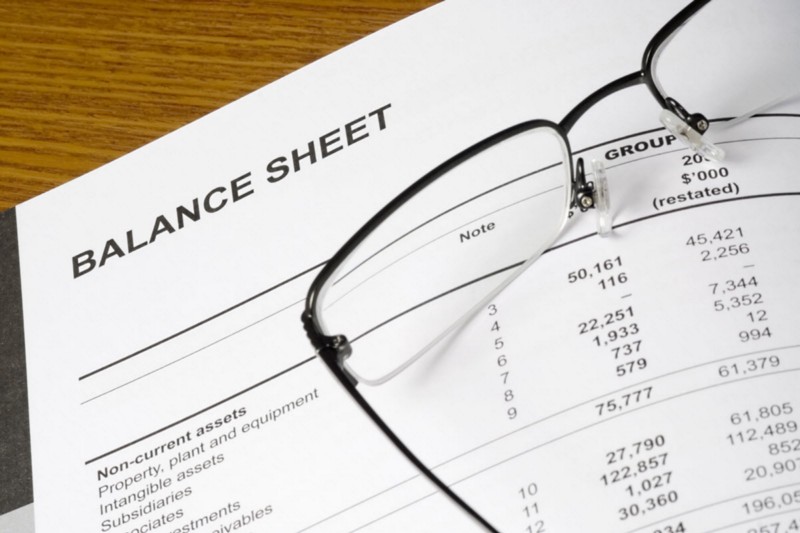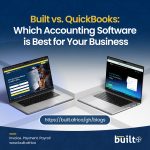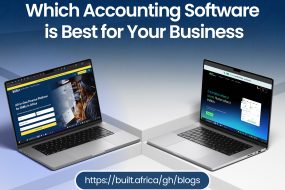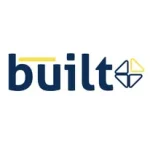
The Balance Sheet, appropriately referred to as the statement of financial position plays a very vital role in the complete financial statement of a business. Most business owners interest themselves with the income statement as that shows them their revenues or sales, cost of sales, operating expenses and their profit margins. More profits mean more dividends can be paid to businesses owners, more taxes can be generated by government and creditors will be thrilled to work with such businesses. So, why then is the statement of financial position relevant?
The statement of financial position is a report or a statement that provides information on the assets, liabilities and equity of the business at any point in time. It presents the basic equation of accounting in a slightly rearranged form: Assets = Liabilities + Equity.
Simply, the business owner who wants to know what his business owns, owes and what it is worth, should come here. The assets generally provide details on the property, plant and equipment, investments, inventory, account receivables and cash and cash equivalents. The liabilities also give you a snapshot of the accounts payables and the outstanding loan balances. And for information on the capital structure and the retained earnings of the business, the equity section takes care of that.
The total assets are the summation of the non-current assets and current assets while, the total liabilities are the summation of non-current liabilities and the current liabilities.
You may often see net asset, working capital and capital employed in your statement of financial position. What do they mean?
The net asset of any business is simply determined by adding non-current assets to working capital. Working capital is current assets less current liabilities and capital employed is non-current liabilities plus total equity.
The management of working capital is essential in ensuring the continuous operation of the business’ core mandate, with the end goal of driving revenue and subsequently profit. Hence, it is very important that every business owner understands the right combination of current assets and current liabilities.
Holding too much or too little inventory or stock will deprive your business of cash and reduce your ability to meet financial obligations as they fall due. Same thing applies if you are having too much cash sitting in the bank which could be better utilized by investing in higher income-generating assets, paying off debt or paying out dividends to encourage shareholders. Too many business owners neglect to review their working capital requirements periodically.
Again, a strong statement of financial position must have the right blend of debt and equity funding to maximize the return on capital employed. Going for a long-term loan or a credit facility from a bank or any money lending facility is seen to be a cheaper source of financing since interest is deductible while, shareholders often require a higher return on their investment. However, taking on debt also poses some risks which are sometimes rewarding and other times dangerous. Equity financing can be more expensive but, it is considered less risky as there is no obligation to repay periodically.
Finally, every business requires a certain level of capital assets to generate revenue. Some require huge sophisticated ones whiles others need simple ones like a digital camera. Management should invest in assets which will assist the business in achieving its financial goals.
Critically assessing your statement of financial position and devising strategies that will help maintain a strong image is very vital for the survival of the business.
If you are interested in getting a team of professional accountants to review your statement of financial positions for you and offer expert advice on how to maximize your company’s resources, contact Built Accounting via email ([email protected]) or call 0303974832.












No Comments